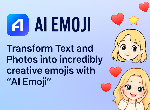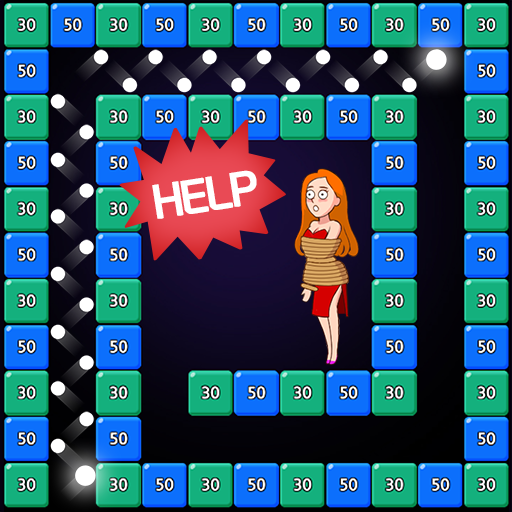How to Master Translation Apps
Communication across language barriers has become not just a convenience but a necessity. Whether you’re traveling, working internationally, studying foreign languages, translation apps have revolutionized how we interact. But downloading an app is only the first step — to truly leverage the power of these tools, you must understand how to choose and master them. This post, How to Master Translation Apps will guide you through every stage of the process!
★ What is Translation Apps:
Language is the gateway to culture, connection, and understanding. For centuries, learning a new language was a monumental task that required years of study, immersion, and practice. But here’s the catch: translation apps are only as good as the person using them. Misunderstandings, mistranslations, and even diplomatic blunders can result from relying blindly on technology. Mastering a translation app doesn’t mean you become fluent overnight — it means learning how to use the tool wisely, critically, and with cultural sensitivity.
Let’s break down how to select the right app and how to master it like a pro.
★ How to Choose the Right Translation App
Not all translation apps are created equal. Choosing the right one depends on your purpose, language pair, connectivity needs, and more. Here’s a comprehensive breakdown of what to look for:
1. Language Support
- Breadth of languages: Does the app support the specific languages and dialects you need?
- Specialized pairs: Some apps handle English-Spanish well but struggle with less common pairs like Thai-Swedish.
2. Translation Quality
- AI-powered engines: Apps using neural machine translation (like DeepL or Google Translate) offer more natural translations.
- Contextual understanding: Does the app handle idioms, slang, or regional expressions?
- Offline translation: Does it maintain quality even without an internet connection?
3. Key Features
- Voice input and output: Essential for hands-free or spoken conversations.
- Camera translation: Helpful for signs, menus, and printed material.
- Text-to-speech: Crucial for correct pronunciation.
- Real-time conversation mode: For live multilingual conversations.
- Phrasebook or learning tools: Some apps include saved phrases or flashcards for frequent travelers or learners.
4. Usability
- User interface: Is it intuitive and accessible for quick use?
- Speed: Does it deliver translations quickly, especially during conversations?
- Customization: Can you save translations, adjust the interface, or switch dialects?
5. Privacy & Security
- Data usage: Does the app store or share your translations?
- Offline mode: Critical for privacy-conscious users or travelers in low-connectivity areas.
6. Cost
- Free vs. paid: What are the limitations of the free version?
- Subscription models: Are extra features worth the cost?
7. Community Feedback
- Ratings & reviews: Real-user insights often reveal hidden strengths or weaknesses.
- Professional recommendations: Language educators or translators may offer useful advice.
★ How to Master Translation Apps
Once you've chosen your app, it's time to go from casual user to competent master. Mastering a translation app means optimizing every feature, reducing dependency, and using it critically and effectively.
1. Understand Its Limitations
- Machine translations are imperfect — always cross-check crucial translations.
- Avoid using apps for legal, medical, or emotionally sensitive conversations without a second opinion.
- Recognize that literal translations often miss cultural or contextual nuance.
2. Familiarize Yourself with the Interface
- Spend time exploring menus, settings, and modes.
- Try translating different types of content: conversations, menus, articles, or slang.
- Use practice mode if available.
3. Practice Voice and Conversation Modes
- Use it with friends or language partners to simulate real conversations.
- Speak clearly and at a moderate pace — AI often struggles with fast or accented speech.
- Try translating back and forth to test consistency.
4. Leverage Offline Capabilities
- Download language packs when traveling.
- Test how accurate translations are in offline mode — some apps differ drastically.
- Use it in flight, subways, or remote areas.
5. Use the Camera Feature Regularly
- Try translating menus, signs, or handwritten notes.
- Learn to move your phone slowly over the text for better recognition.
- Use manual correction when auto-recognition fails.
6. Curate a Personal Phrasebook
- Save phrases you use often — greetings, questions, directions.
- Build categories: emergency, food, hotels, shopping.
- Use flashcards if the app includes them, or export the list for study.
7. Adapt Based on the Language
- Understand that some languages (e.g., Japanese, Arabic, Russian) are harder to translate due to structure or formality levels.
- Learn basic sentence structure to input cleaner text — e.g., avoid idioms or passive voice in English.
8. Check for Updates and New Features
- Developers constantly improve translation engines and features.
- Enable beta features if available to stay ahead.
9. Integrate with Daily Life
- Use the app while watching foreign shows or reading news in another language.
- Translate your grocery list into your target language and back.
- Engage in online communities that use different languages.
10. Use Multiple Apps for Cross-Checking
- Try comparing translations between Google Translate, DeepL, Microsoft Translator, and Papago.
- Look for consistent translations across platforms to boost confidence.
- Use apps like Reverso or Linguee for contextual examples and alternatives.
Conclusion:
Translation apps are powerful tools, but they’re more than digital dictionaries — they’re bridges to understanding. By thoughtfully choosing the right app and learning to master its features, you can communicate across boundaries, enhance your cultural awareness, and even begin the journey to learning a new language. When used with curiosity, humility, and care, translation apps can turn language barriers into stepping stones.

Meet AI Emoji, your go-to AI-powered emoji maker that lets you turn words and pictures into expressive emojis in seconds. Powered by the latest artificial intelligence, it analyzes your input and instantly creates personalized emojis that match your mood,

Mobile slot games are some of the most popular and addictive games in the app stores today. With just a tap, you could unlock massive jackpots, exciting bonus rounds, and endless entertainment. But here’s the catch: while slots are primarily games of ch

From slot machines to poker, mobile casino games have brought the glitz and thrill of Las Vegas into the palm of your hand. They’re fast, flashy, fun—and with the right knowledge, potentially rewarding. But winning consistently isn’t about luck alon
Trending top 10

May 30, 2025

May 30, 2025

May 30, 2025

May 29, 2025

May 29, 2025

May 29, 2025

May 29, 2025

May 29, 2025









